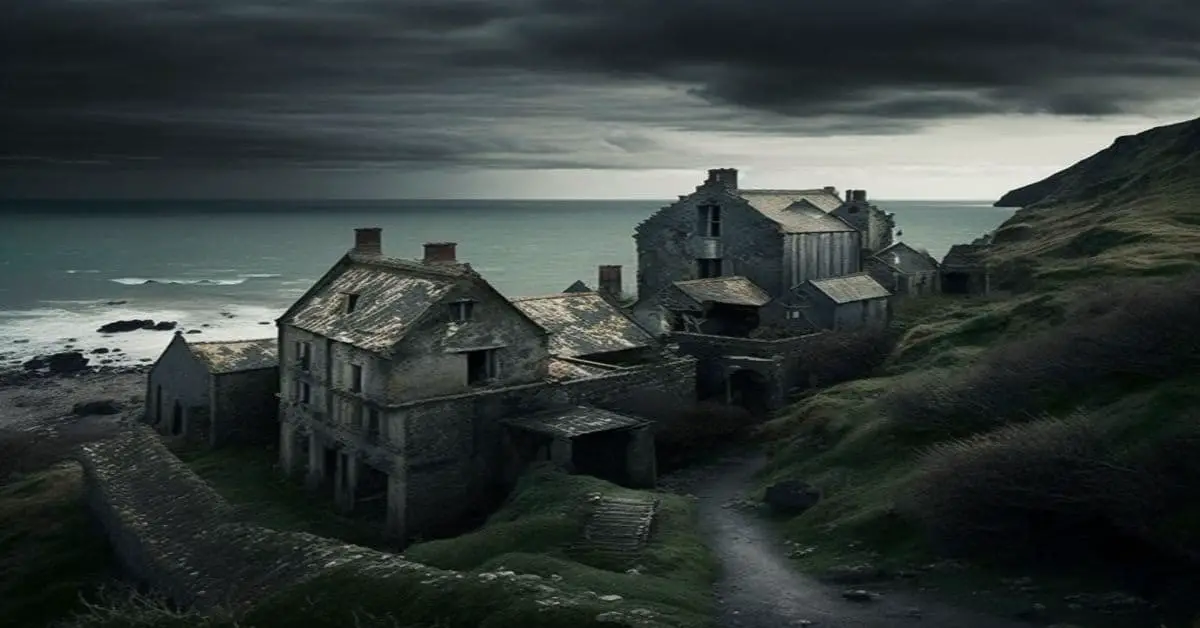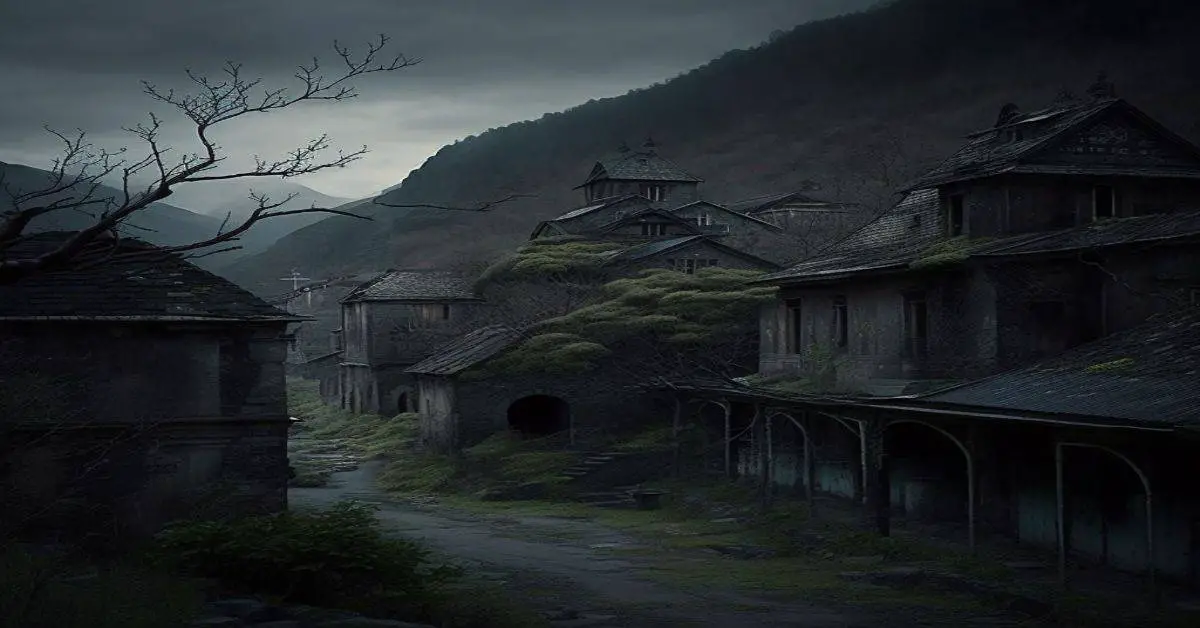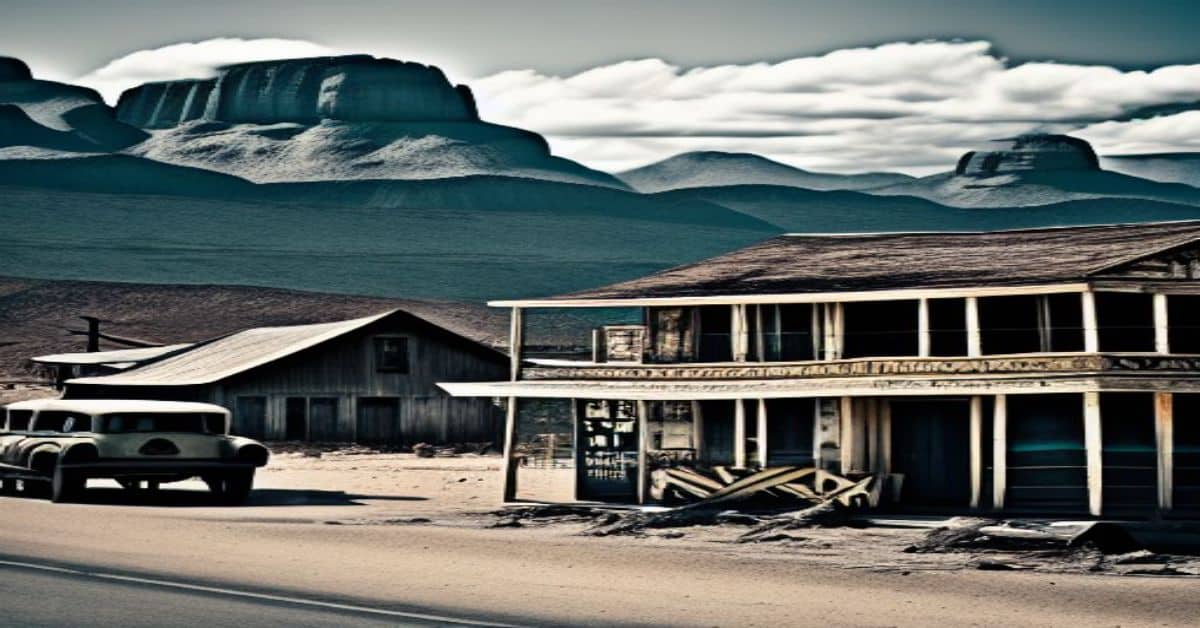Columbus, New Mexico is a small town that may not be widely known, but it has a rich and significant history. In 1916, the town gained worldwide attention when it became the site of an infamous attack led by Mexican bandit Pancho Villa. This attack led to the launch of an undeclared war by General John J. Pershing and marked a turning point in the relationship between the United States and Mexico.
Today, Columbus is a State Park that offers visitors the opportunity to explore the history and significance of the town. The attack by Pancho Villa left a lasting impact on the community, and the old adobe and wooden buildings that remain from that time serve as a reminder of the town’s past.
In this article, we will explore the history of Columbus, NM, and the events that put this border town on the map. We will examine the military significance of the attack and its impact on the relationship between the United States and Mexico.
Finally, we will look at the tourism and attractions that Columbus offers visitors interested in learning more about its rich and fascinating history.
Key Takeaways
- Columbus, New Mexico was the site of an infamous attack led by Pancho Villa in 1916, which marked a turning point in US-Mexico relations and led to an undeclared war by General John J. Pershing.
- The town now serves as a State Park that preserves its adobe and wooden buildings, offering visitors a chance to experience a piece of history and reflect on the attack’s impact on the community.
- Columbus had a significant military presence in the early 1900s, with Camp Furlong housing the U.S. Army Thirteenth Cavalry at the time of the attack and serving as General Pershing’s headquarters during the punitive expedition into Mexico.
- The community’s resilience is symbolized by the shrine dedicated to the victims of the attack, and exploring Columbus provides a unique opportunity to understand the impact of military presence on a community.
Location and History
The location of Columbus, New Mexico began as a border station opposite Palomas, Chihuahua, Mexico around 1890. It was established as a small town that served as a resting place for travelers and a trading post for locals.
However, Columbus became historically significant due to the infamous attack by Pancho Villa and his command of five hundred Villistas on March 9, 1916. This event brought worldwide publicity to the town and marked a turning point in the relationship between the United States and Mexico.
The attack on Columbus had a significant impact on the US-Mexico relations. The incident led to the deployment of US troops into Mexico, as General John J. Pershing launched an undeclared war against Pancho Villa and his bandits. The US government regarded the attack as a threat to national security, and it was a significant factor that led to the US’s involvement in World War I.
The attack left a lasting impact on the history of Columbus, and the town remains a popular destination for tourists who are interested in learning about the events that took place in March 1916.
Military Significance
Significant military presence in Columbus during the early 1900s was comparable to a fortress on the border. The town was home to Camp Furlong, which housed the U.S. Army Thirteenth Cavalry at the time of the attack by Pancho Villa.
After the attack, Brigadier General John J. Pershing launched a punitive expedition into Mexico, using Columbus as his headquarters for the next eleven months. This military presence had a lasting impact on the community, with the town becoming a military base during this time.
General Pershing’s role in Columbus was critical to the town’s history. He led the expedition into Mexico to capture Villa and his bandit forces, and his presence in Columbus during this time brought a sense of security to the town. However, the military presence also came at a cost, with the town being heavily militarized and its residents feeling the impact of the conflict.
Despite this, Columbus remains an important part of U.S. military history and is a reminder of the impact of military presence on a community.
Tourism and Attractions
Columbus offers visitors a chance to experience a piece of history through its preserved adobe and wooden buildings and a shrine and foundation for the Commercial Hotel.
The town has much to offer to those interested in exploring its historical buildings, including the railroad station and some of the old adobe and wooden buildings that remain as they did on March 9, 1916.
The Commercial Hotel foundation allows visitors to imagine what staying there would have been like during the attack.
Additionally, Columbus has a shrine that serves as a reminder of the tragic events that occurred in the town.
The shrine is dedicated to the victims of the attack and stands as a symbol of the community’s resilience.
Visitors can pay their respects and reflect on the attack’s impact on the town and its residents.
Overall, Columbus is a unique destination that offers visitors a chance to explore an important moment in history and learn about the attack’s impact on the community.
Frequently Asked Questions
What was the aftermath of the attack on Columbus, NM?
After the attack on Columbus, NM by Pancho Villa in 1916, rebuilding efforts were necessary to repair the damage. The military response was a punitive expedition led by General Pershing into Mexico to capture Villa, which lasted for eleven months.
How did the attack on Columbus affect the relationship between the US and Mexico?
The attack on Columbus by Pancho Villa in 1916 led to strained US-Mexico relations and diplomatic consequences. The US launched a punitive expedition into Mexico, violating its sovereignty, and Mexico felt humiliated by the incursion. Relations remained tense for years after the attack.
Are there any artifacts or relics from the attack still preserved in Columbus?
Amidst the ruins of Columbus lie artifacts and relics from Villa’s attack. The Columbus Historical Society displays artifacts like bullets, shrapnel, and equipment while the Pancho Villa State Park features the original railroad depot.
What was the civilian reaction to the attack on Columbus?
The civilian response to Pancho Villa’s attack on Columbus, NM was one of shock and fear. The community impact was significant, with nine civilians killed. The attack brought worldwide publicity to Columbus.
How has Columbus changed since the attack by Pancho Villa?
Columbus, NM underwent significant rebuilding efforts after the attack by Pancho Villa in 1916. The economic impact of the attack was severe, but the town has since recovered and now offers a state park and tourist attractions.


